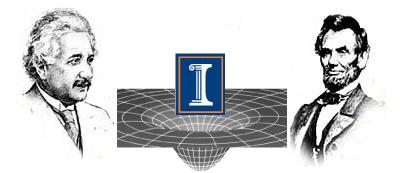Pulsar Spin-Down Luminosity: Simulations in General Relativity

- Milton Ruiz
- Vasileios Paschalidis
- Stuart L. Shapiro
Abstract
Adopting our new method for matching general relativistic, ideal magnetohydrodynamics to its force-free limit, we perform the first systematic simulations of force-free pulsar magnetospheres in general relativity. We endow the neutron star with a general relativistic dipole magnetic field, model the interior with ideal magnetohydrodynamics, and adopt force-free electrodynamics in the exterior. Comparing the spin-down luminosity to its corresponding Minkowski value, we find that general relativistic effects give rise to a modest enhancement: the maximum enhancement for n = 1 polytropes is ~ 23%. Evolving a rapidly rotating n = 0.5 polytrope we find an even greater enhancement of ~ 35%. Using our simulation data, we derive fitting formulas for the pulsar spin- down luminosity as a function of the neutron star compaction, angular speed, and dipole magnetic moment. We expect stiffer equations of state and more rapidly spinning neutron stars to lead to even larger enhancements in the spin-down luminosity.
